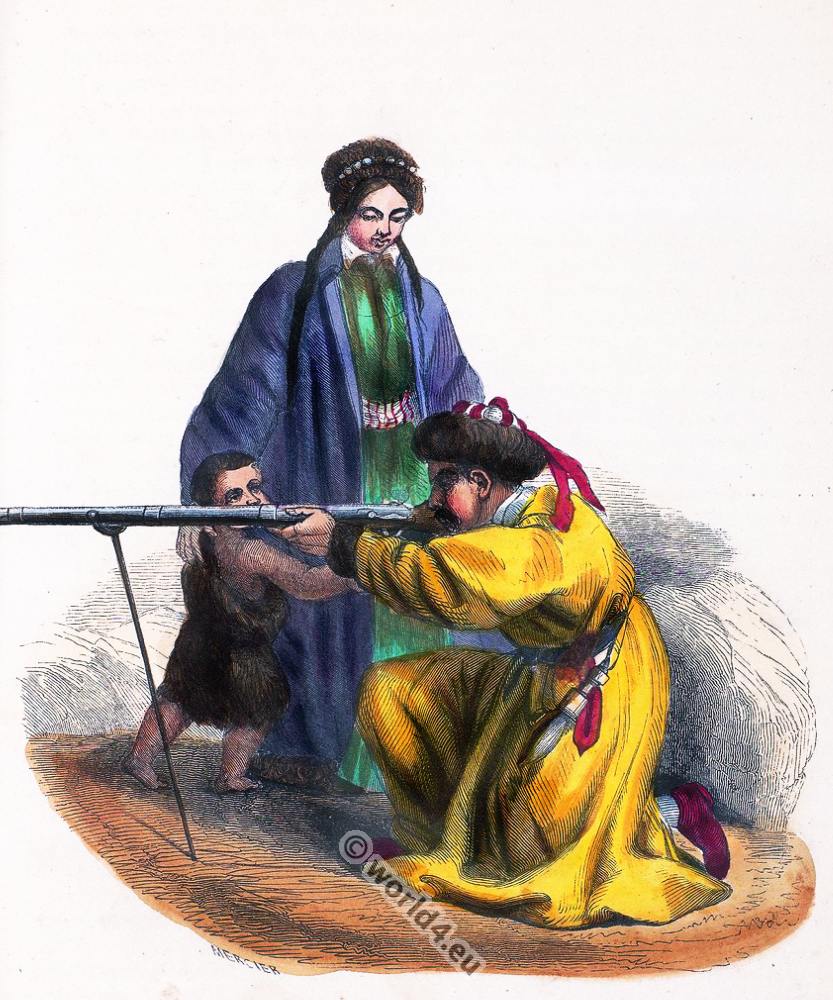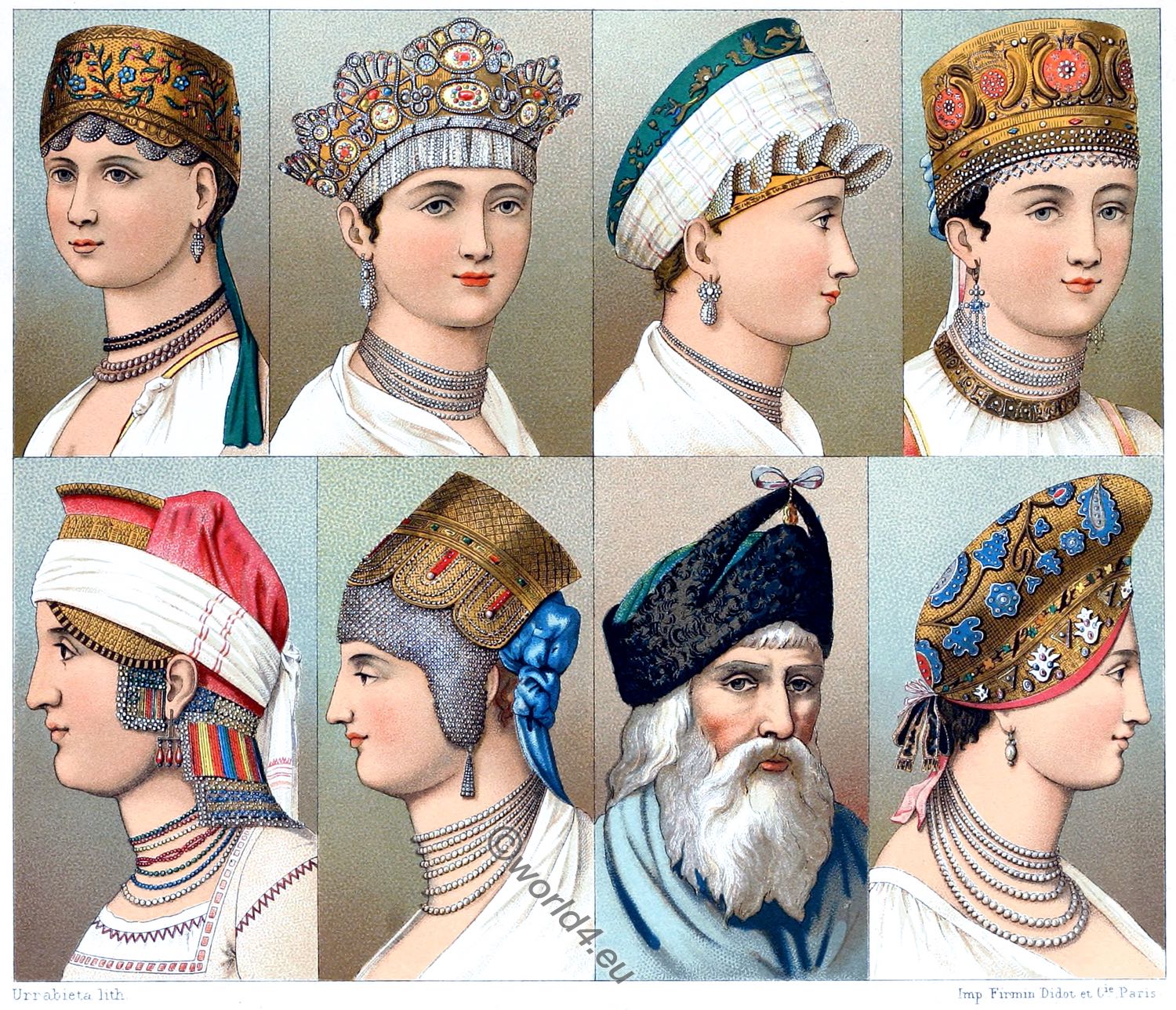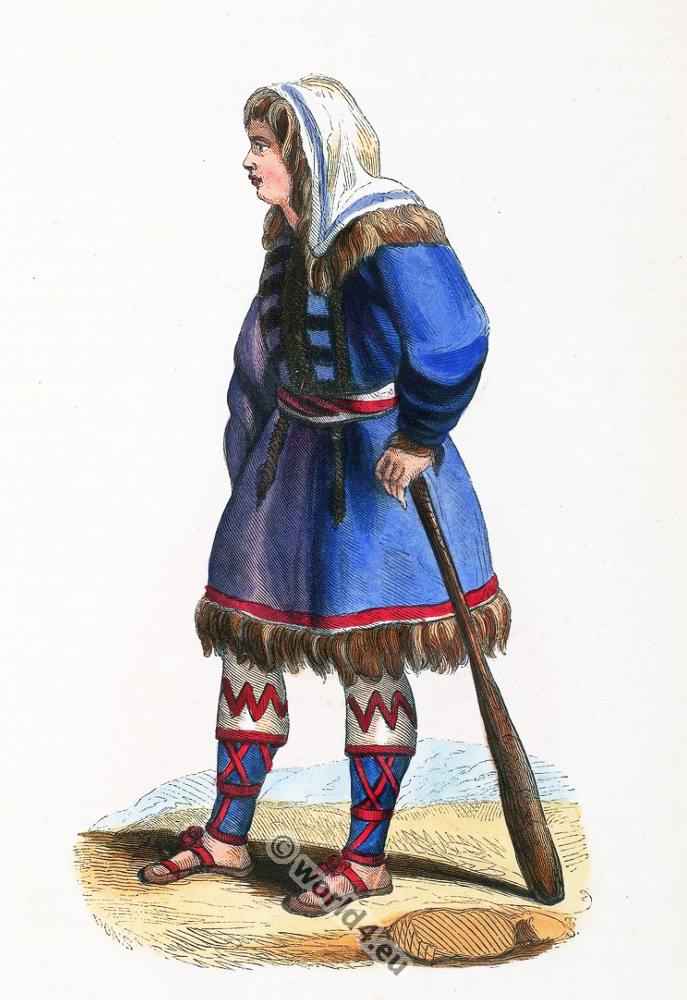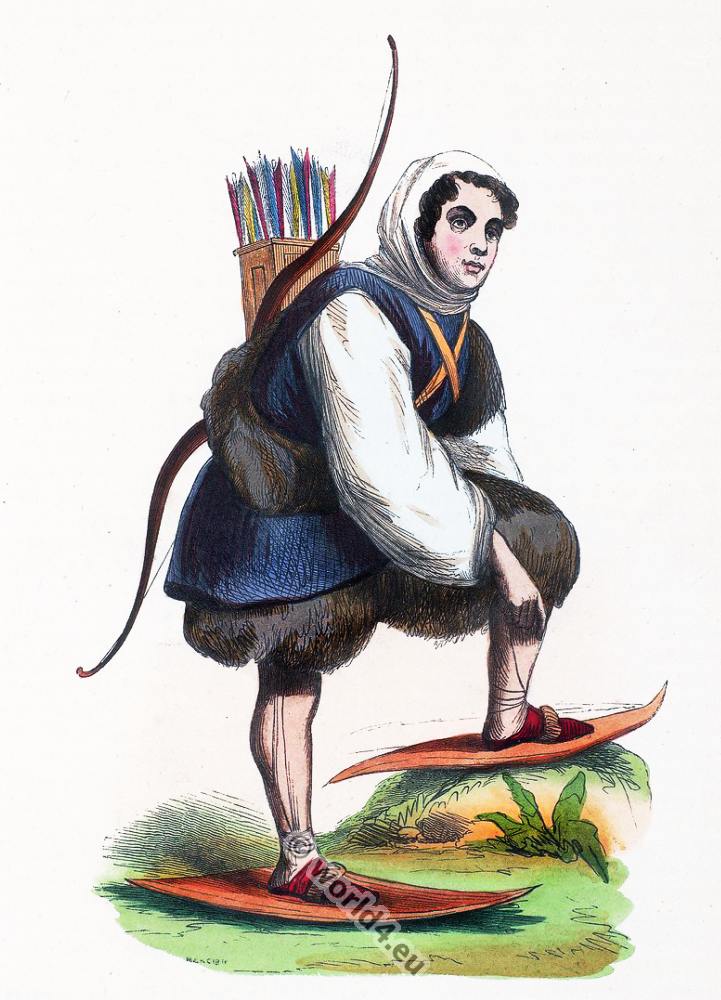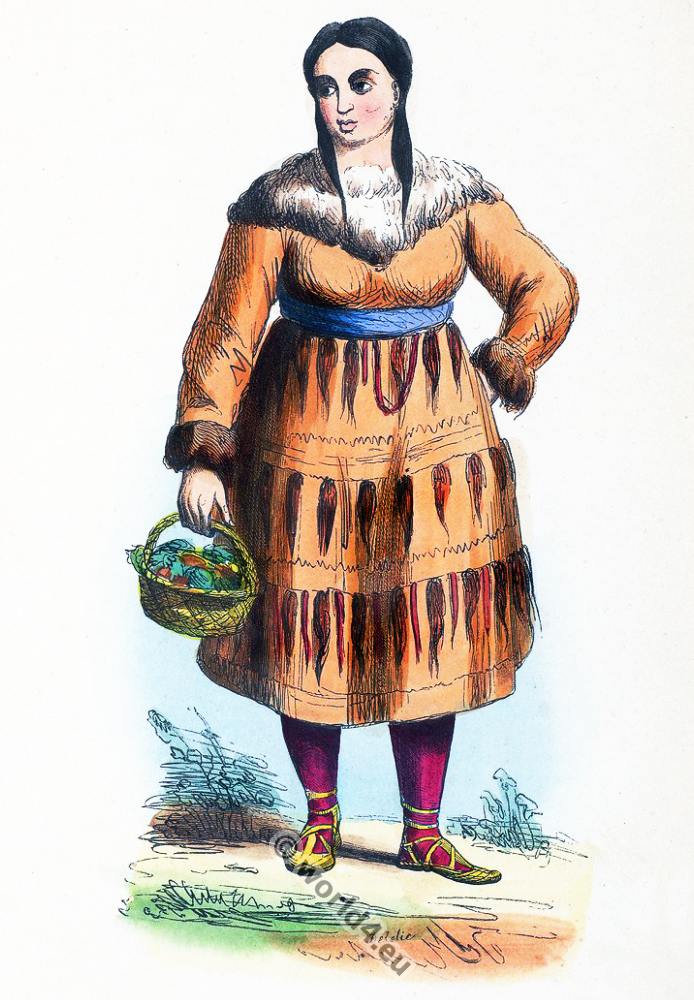RUSSIAN ART, BY NICOLAS ROERICH
THE SOUL OF RUSSIA
TRANSLATED BY ADELINE LISTER KAYE
DARE we, at the present moment, speak of Art-in these days of a great War, when one hears, and quite rightly, denunciations of senseless luxury and waste? It would be well if public opinion were to banish these true servitors of the very worst beginnings of triviality-triviality, that unseen evil corroding the masses of nations. But I speak of authentic Art, not senseless luxury. It is not waste to worship the deities of Truth and Beauty. Art is a necessity. Art is life
Is a Cathedral a luxury? Can books and knowledge be a waste? Naturally, in the interests of Art, in the search of joys of the spirit, one needs sense, inspiration, and knowledge. And if Art is a necessity and part of a higher life, then, of course, one may speak of Art.
If Art serves its country, then, of course, we bow before it, and the service of one’s country depends not on moral illustrations, but on the elevation of taste, on the growth of self-knowledge, of self-respect, of the education of the mind, even in times of war. In these days of a great reckoning of values it is necessary, in the name of the higher economies, to collect and to create. He who believes in victory creates something. He knows that those who fight for the right will conquer the enemies of mankind. That is our belief.
Russian Art has received great recognition from our friends, our Allies in the West. Our theatre was rapturously acclaimed in Paris and in London. Parisians and Londoners appreciated our artistes, went into ecstasies over singers and music. I remember my share in Dyagilev’s dramatic representations (his ballets, etc.) with a feeling of deep emotion. Hands unknown, but sincerely friendly, were stretched out to us.

The recognition and ratification of Russian Art have taken place. By means of a recently awakened interest in contemporary Art, by the study of our past, we have realized what an original treasure we possess.
We shall soon dispense with the stepping-stones of Art. By recent investigation we have understood that there belongs to us the most marvelous stone age of any nation. Excavations have brought to light many ancient monuments. The discovery of these treasures has revealed the artistic wealth of a migratory people.
The nomad Scythians discovered our golden land. We are now acquainted with the mysterious inhabitants of unknown towns. From them we pass to the Slavs and the roving Varangians from Scandinavia. The evidences of a very considerable Varangian Roman heritage in Art and Architecture have accumulated, and received great admiration for severity and dignity of style. vVe must not omit from our little sketch the vast Finnish phantasmagoria. There glitter the beautiful gifts of the East. Illustrious Byzantium bestows its blessing. Italian Art breathes upon us it is transforming perfume. Besides the greatness of ancient Kiev and free Novgorod, besides the splendor of Moscow and the many-colored Yaroslav, as well as the designs of Peter and Elizabeth, there have reached us in the most recent excavations new treasures, which so far we have not yet had full time to study.
Soon shall we be able to marvel and admire.
And our wonder and admiration we shall share with our remotest brethren, and say: « Do but admire! Just come to our country! Learn to distinguish holidays from dull work days! ” We must forgive all those who not long ago denied the
Existence of Russian Art; for they did not know! for they, poor things, had not seen!
We understood what our excellent old mural paintings and icons were; they were our unrivaled primitives!
The magic, decorative, miraculous faces of our icons: what a conception of austere silhouettes, and what a sense of proportion in the restricted backgrounds!
The face sorrowful, the face terrible, the face benevolent, the face joyous, the face pitying, the face almighty! Ever the same eternal physiognomy, restless features, fathomless coloring, and subiime impression of the miraculous!
It is only recently that icons and mural paintings have been considered, not as rough representations, but as a magnificent artistic instinct.
What sublimity in the tranquil figures of the mural paintings at Novgorod! What daring of colour description in the bright mural decorations in the Churches of Yaroslav and Rostov! Go and see the Predtetchi Church (Church of the Forerunner, Церковь Святого Иоанна Предтечи) (1) in Yaroslav. You are surrounded by the most marvelous coloring. These artists boldly combine azure of the most ethereal tints with lovely ochres. How ethereal the grey-green, and how beautiful the ruddy brown garments look against it! Terrible Archangels, with thick gold haloes, are flying in a warm light sky, and their white tunics are almost snowier than the background. The walls are of the finest silk tissue, worthy to adorn the great dwelling of the Forerunner. Of late years Russian Art has been so much studied that one can discuss it as soon as one has set eyes on it.
The supreme achievements of the theatre, arising out of previous conditions and following the success of excellent decorative artists, such as Golovin, A. Benois, Korovin, Dobujinsky, Kustodiev, have resulted in the very best mise en scenè.
In the same way the popular art of folklore has been fostered; and whole organizations of committees teach and support what is best in Russian Art. Among the pioneers of the development of national talent, those who occupy an honored place are the Princesses Tenishev, Yashvill, Mesdames Yakunchikov, Davidov, S. Morozov, and others who have worked assiduously at improving home and artistic industries.
Admirable lace, tissues, carpets, and paintings are regarded not as curios, but as something important in a household. Realizing, therefore, both our possibilities and our national treasures, we bring back into the life of to-day much of that which has been but newly discovered, which was recently unimagined, which lay as deeply buried as ore and precious stones. We must admit that in the matter of self-knowledge the War has done a great deal.
With regard to public edifices, recent indifferent architecture has been transformed by bold achievements. Among the group of architects who have had various successes in Art, there stand out the names of Schusema, Schuko, Lanseray, Pokrovsky, Jeltovsky, Lidvalia, Peretiatkovich. In the last few years a number of churches and municipal buildings have been erected in Petrograd and Moscow.
After ecclesiastical fabrics there followed the erection of banks, railway stations, and schools. It was realized that beauty should penetrate everywhere, wherever crowds collected. We may now dream of a day when the walls and ceilings of government buildings, universities, courts, and public offices, instead of being disfigured by cobwebs, will be adorned by frescoes and hangings of beautiful colors. So soon as Art comes to life, the need of it grows with the generation.
Art exhibitions are multiplying. Among the very best were those organzsed by the Mir Iskusstva (2) (The World of Art), The Society oj Russian Artists, and the Peredvijnaya (The Society of Itinerant Exhibitions). The most progressive and tolerant of these new institutions was The World oj Art, which had among its contributors such artists as Somov, Lanseray, Alexander Benois, Dobujinsky, Petrov- Vodkin, Yakovlev, Bilibin, l’vlashkov. The Society oj Russian Artists is very like The World of Art in many ways, and enjoys the collaboration of such eminent artists as Korovin, Yuon, Rilov, Bobrovsky, Jukovsky, Maluitin, and Maliavin.
Professors Riepin, Makovsky, also Bogdanov – Belsky, Dubovsky, Bilyanitsky-Birulya, support the Peredvijnaya, which remains true to its old traditions.
So, in these years of war, Art proves to be needed, and in these ever – recurring exhibitions is expressed a faith in victory. The War gives rise to another serious question: the future of cri ppled soldiers; and a great deal is being done in that respect.
The Red Cross and private institutions are enabling the crippled soldiers to get into touch with various branches of applied arts, which will provide them with a real and valued means of support. Belonging as I do to one of these institutions, I am able to assert that the people prove to have unlimited capabilities, and that they show an interest in the work.
In the matter of self-knowledge we have thus seen the meaning of Art, that powerful lever of culture. We recognize that we have to sow the seed of authentic Art with a lavish hand. We have to scatter leaflets, pictures, letters, magazines of all sizes. We have to penetrate into all school libraries. We have to influence the thought of studious youth outside the schools. We have to lead youth to the lands of the glorious past, to turn its attention to Art by means of the monuments of antiquity which have been brought to light. We must protect the joys of the spirit, so rare in our days, from all the powers of darkness.
Russia can exhibit in great variety, and to the general esteem of all nations, well arranged treasures of Art, and can, as a brother, shake hands with all our allied friends. This summer we went to an immense fountain of iron water in the province of Novgorod. In the midst of a meadow gushed forth a fount of living waters. There was no need for anyone to walk into that field. The healing waters flowed near the high road.
All the boundless realm of Russian wealth, all the treasures of Art, all that healing flood is full of living waters.
Russia is that overflowing spring.
NICOLAS ROERICH.
Translated by ADELINE LISTER KAYE
(1) The Church Of St. John The Baptist.
(2) This periodical ceased to appear in 1905. Miss Netta Peacock, the writer of the following article, was its English correspondent. [Ed.]
RUSSIAN ART, BY NICOLAS ROERICH, Honorary Director of the Imperial Society for the Encouragement of Arts; Honorary Member of the Imperial Archaeological Institute Emperor Nicolas II.
Nicholas Roerich (originally Russian Николай Константинович Рерих/Nikolai Konstantinowitsch Rerich; * September 27th / October 9th 1874greg. in St. Petersburg; † December 13th 1947 in Kullu, India) was a Russian painter, writer, archaeologist, scientist, traveler and philosopher. He initiated the Roerich Pact, a precursor of the Hague Convention for the Protection of Cultural Property in Armed Conflict, and was nominated several times for the Nobel Prize. In his early years, together with his wife Helena Roerich, he founded the theosophical association Agni Yoga (Living Ethics) on the initiative of their spiritual leader, the Master of Wisdom.
Roerich’s pictures revolve around three major themes:
- the early Russian history (one of the most famous pictures: The Slavs on the Dnieper)
- Buddhism and esotericism; especially Helena Petrovna Blavatsky strongly influenced Roerich,
- modern Russia after the Russian Revolution.
Online Books by Adeline Lister Kaye
ILLUSTRATIONS
- The Arrow of the Allies. After a painting by Leon Bakst.
This picture represents the Dragon of Prussian militarism destroying churches, driving the people from their ruined homes, but arrested in his desolating work, transfixed by the arrow of the Allies darting from the sun of righteousness. - Décor de Théâtre. After a painting by Nicolas Roerich.
- The Ancestors of Man. After a painting by Nicolas Roerich
Source: THE SOUL OF RUSSIA EDITED BY WINIFRED STEPHENS. Publ.: MACMILLAN AND CO., LIMITED ST. MARTIN’S STREET, LONDON 1916.
Related
Discover more from World4 Costume Culture History
Subscribe to get the latest posts sent to your email.





